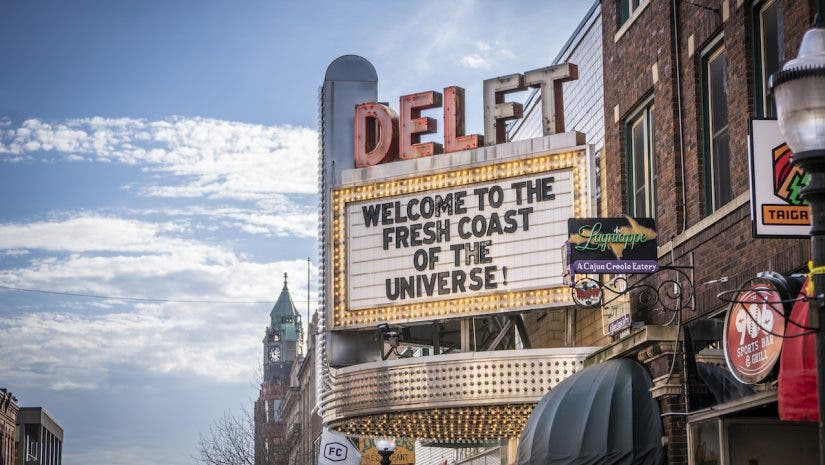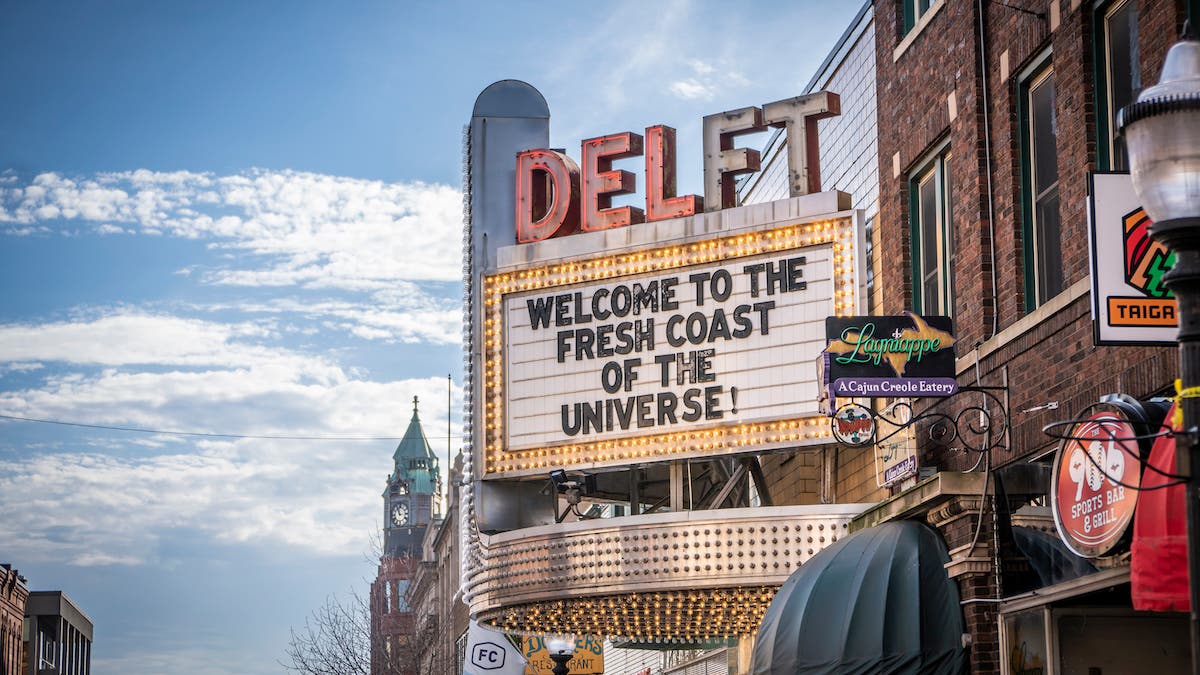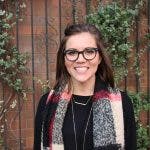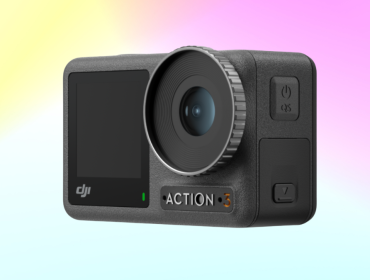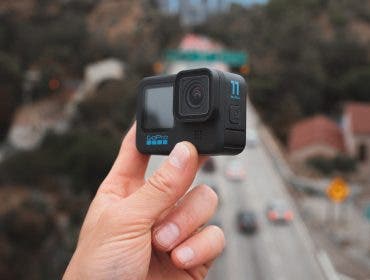When it comes to adventure film festivals, the usual suspects often get all the buzz — Banff, Mountainfilm, and Boulder, to name a few. Yet, up in a wild and less-trodden pocket of the U.S. called Michigan’s Upper Peninsula (U.P.), there’s an annual film festival that’s just as action-packed, and scenic. Meet the Fresh Coast Film Festival.
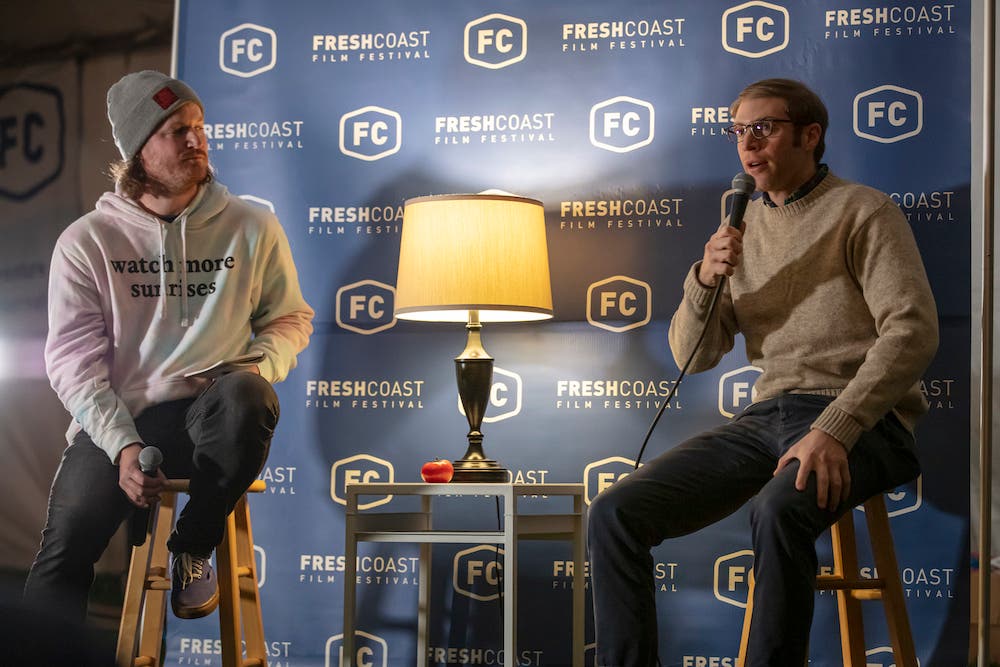
About the Festival
The Marquette-based film festival celebrates the rugged environment, epic adventure, and tight community found across America’s third coast — also known as the fresh coast — the Great Lakes. The festival runs from October 13 to 16th this year. It accepts films from around the world but prioritizes stories from the Midwest, a region not often thought of when discussing outdoor activities. The event largely stems from co-founder Aaron Peterson’s goal to amplify regional voices and ultimately give back to his home.
We focus on that middle of the industry, blue collar, working filmmaker in the outdoor and environmental space.
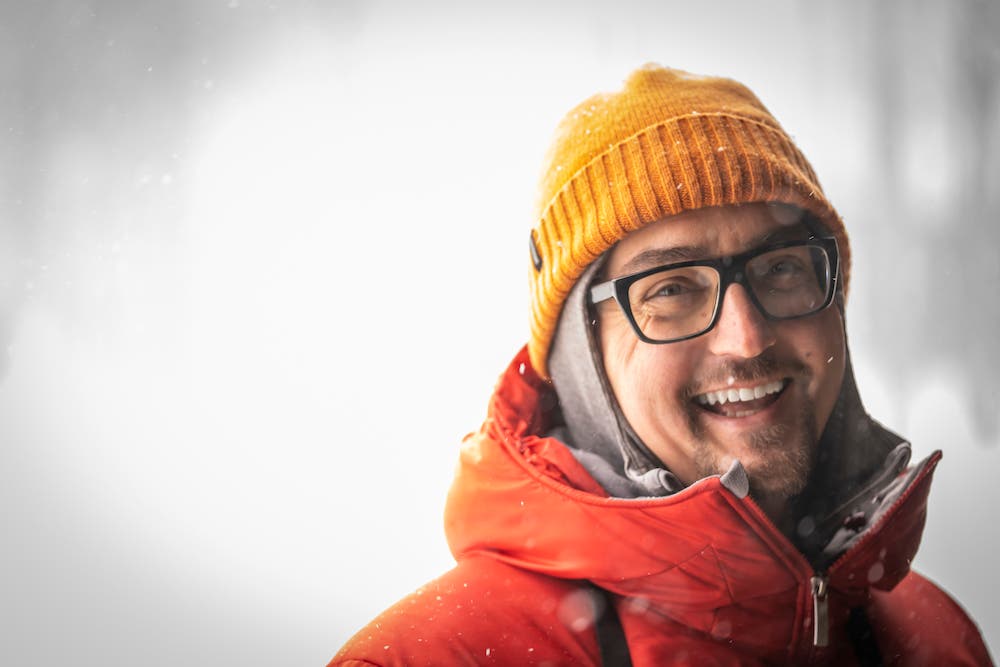
“We focus on that middle of the industry, blue collar, working filmmaker in the outdoor and environmental space, with a preference for Great Lakes content,” said Peterson, founder of Midwest adventure-content powerhouse Aaron Peterson Studios. “I shoot for half of our films to be regional, and the other half cherry-picked from what’s going on in the international and national conversations.”
Peterson and his fellow founders landed on the idea for a Lake Superior-adjacent film festival in April 2016. Five months later, the crew hosted its first event. They’ve been growing Fresh Coast Film Festival ever since.
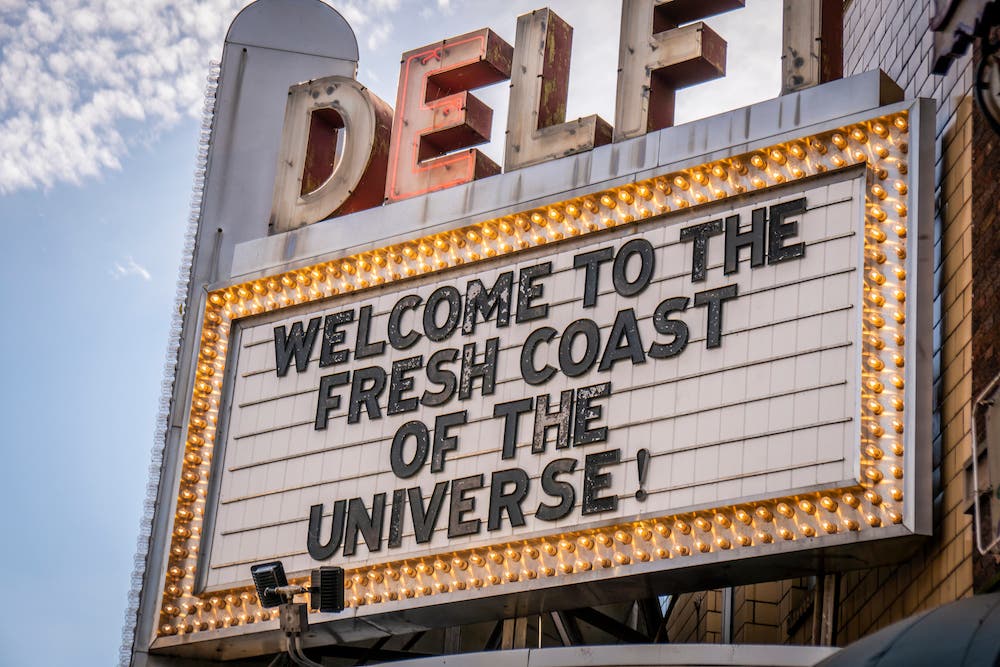
Launching a film festival was never in Peterson’s five (or even ten) year plan. Like so many creative career paths, it serendipitously fell into place. It’s a tale intertwined with Peterson’s career path from journalist, to filmmaker, to film festival co-founder. The story backdrop? Michigan’s wild, birch-dotted great outdoors.
How It Started
Growing up in rural Wisconsin, Peterson used the Upper Midwest’s forests and waterways as his childhood playground. Like many young adults, it took Peterson moving to Asia to fully recognize and appreciate his fondness for home.
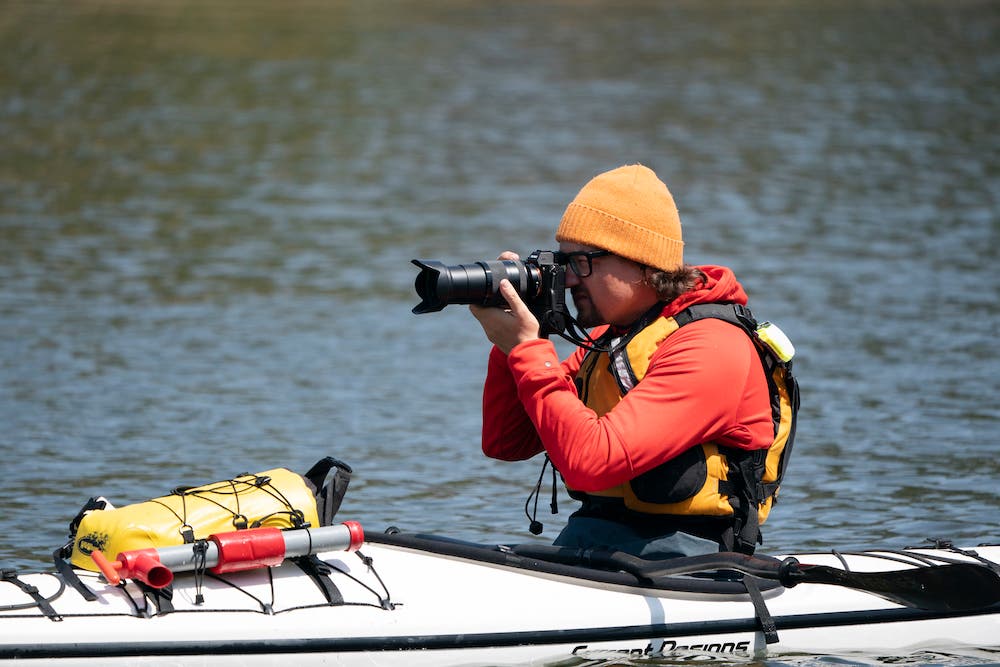
“Yes, travel is glamorous. But, at the end of the day, where I’m from in the Upper Midwest is very clean, beautiful, and sparsely populated. We have so much elbow room,” he said, noting that Michigan’s U.P. was by far his favorite stretch of the region. “It’s like no man’s land.”
Peterson’s time in Asia did yield an important personal discovery: He had planned to go into international business after college, but he learned his true passion was talking with people, then sharing their stories through journalism.
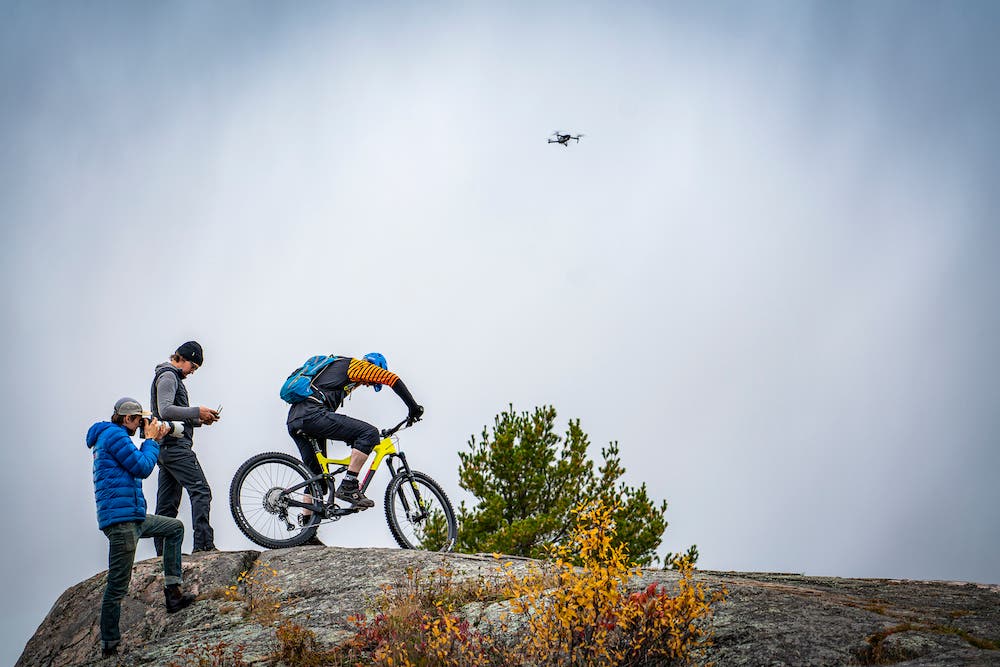
“Luckily journalism is about what you can do, not what you studied,” he said. “I was able to build a portfolio of still photography to get my first newspaper job in Minnesota.” From there, he worked his way up and over to his favorite place, Marquette in Michigan’s U.P.
“It felt like a place I could make a difference,” he said. “It’s about 20,000 people, so just enough people to get things done but small enough that one person (or small group) can have a big impact.”
Carving a New Niche
From the viral ice-covered beards of Lake Superior surfers to the ever-growing mountain bike system connecting Michigan’s Keweenaw Peninsula, the Great Lakes region is increasingly on the adventure lover’s map. When Peterson landed here in the early 2000s, though, the region was well off the mainstream media radar.
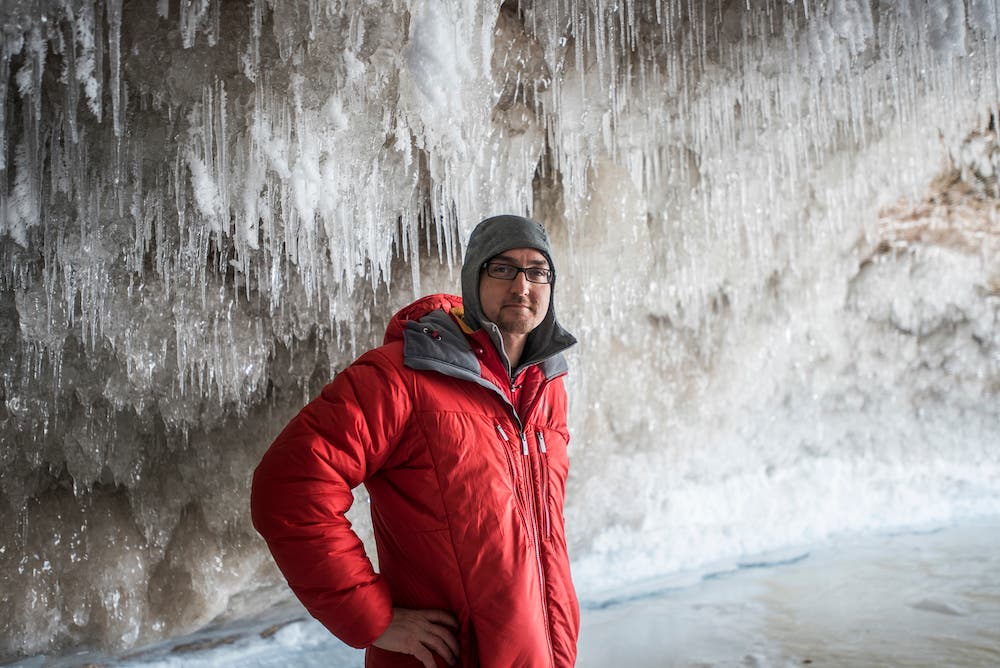
“The [outdoor-adventure] conversation wasn’t happening here. In my gut, I knew it should be. It’s an amazing landscape, essentially a third coast, and you get these different feelings from the same lakes within a couple hours of each other,” he said. “Plus, you have topography to make things interesting, like mountain biking and backpacking.”
Telling the stories no one else is telling is a key ingredient for journalistic success — and Peterson had countless untold stories at his disposal. He embarked on a career of feature writing and photography packages for regional travel magazines. All went well, until it didn’t.
“I went out on my own in about 2008, and that wasn’t a great time,” he said, recalling the recession that transformed the media industry. “Everything sort of fell apart. Magazines and newspapers crashed. Social media blew up, and the word content started to come about. There was just a glut of good photography.”
Peterson used this time to mentally check out and focus on raising his kids. When he decided to give the creative world another go, a new tool for storytelling was there waiting: digital video.
“I started dabbling into video and realized, almost overnight, that this is where I’m supposed to be,” he said.
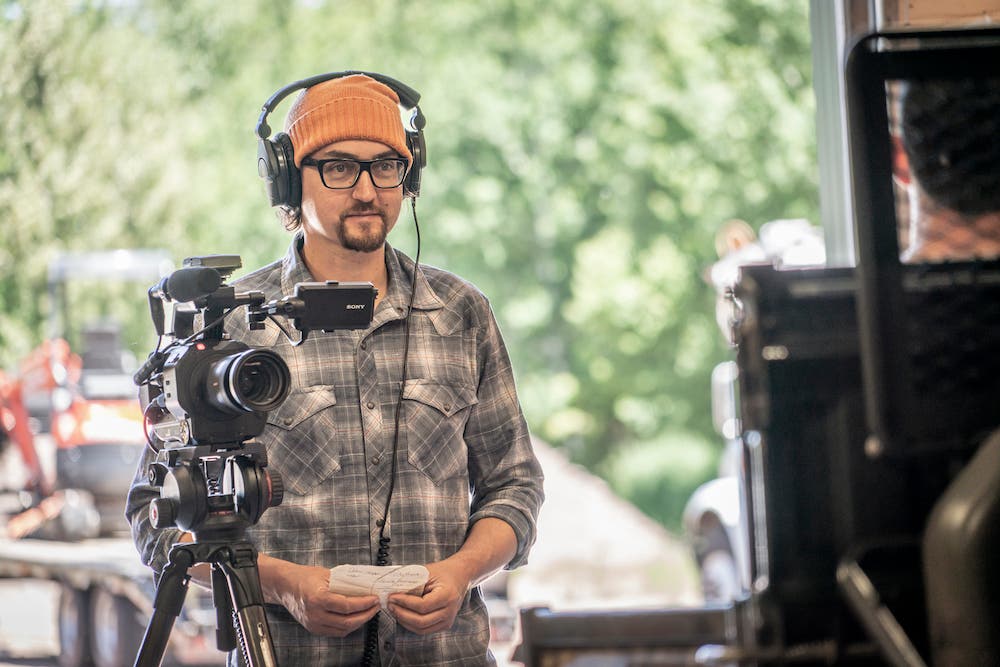
Breaking into Video — and Film Festivals
At this point, Peterson’s years of honing his storytelling craft and cultivating outdoor community finally came to a head. He helped tourism brands, such as Travel Marquette, see the potential of marketing outdoor adventures like kayaking and mountain biking via digital media. Before he knew it, he and the team at Aaron Peterson Studios had made careers and a business out of creating adventure films for their beloved region.
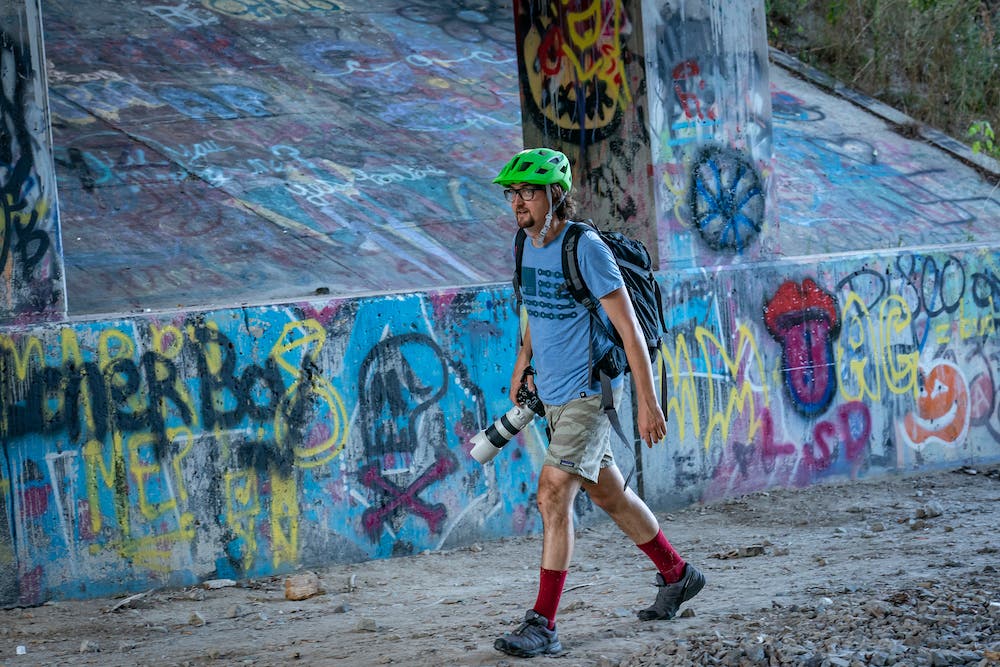
“For many creatives, there’s this commercial side that allows them to take risks on the creative side. For me, it was this weird middle ground where I was being paid to do brand storytelling, but I was given complete freedom creatively,” he said.
One of his projects, a 2014 film about the community-led boom in winter cycling in Marquette, went through the mountain film festival circuit.
“I was totally unaware of that scene,” he said, noting his film “Cold Rolled” made its way into the circuit through word-of-mouth. “Once you’re in it, though, you realize that everyone’s intimidated.”
Peterson also had a genius, and quintessentially Midwest, way of breaking the ice during his first trip to Mountainfilm.
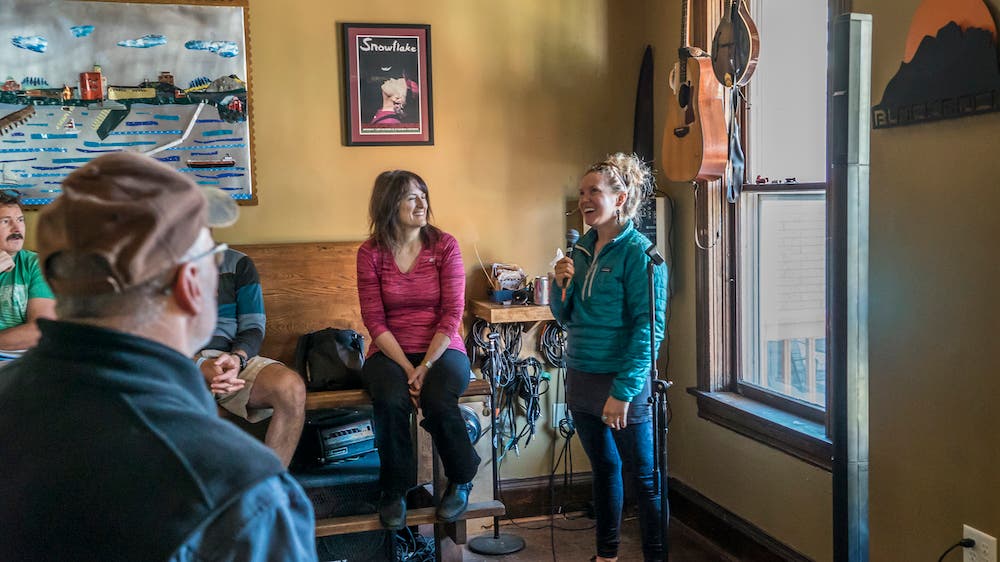
“Going into that first film festival and not knowing what to do, I just bought a [bunch] of beer from [Marquette-based] Blackrocks Brewery, which now sponsors the Fresh Coast Film Festival,” Peterson said. He handed out beers to new friends and festival volunteers. “It was amazing. I became known as the guy with the beer.”
Starting Fresh Coast Film Festival
Peterson left Mountainfilm feeling invigorated by the community and creativity. When he returned home, a fellow U.P. changemaker (and future Fresh Coast Film Festival co-founder) came to him with an idea. They should start their own festival in Marquette. Two years later, they did just that.
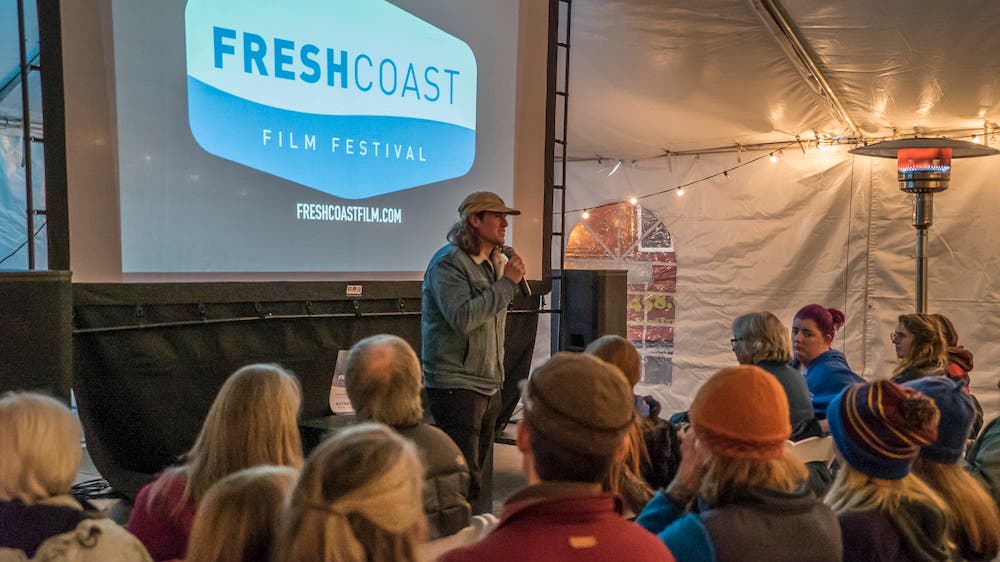
“The festival was modeled on mountain festivals I’ve been to,” he said. “I wanted to create something like [Mountainfilm], but for the Great Lakes region and flyover land for all the stories that maybe aren’t ‘cool’ enough for the bigger mountain festivals.”
They started with a few people and seed funding from the community, then happily welcomed 100 volunteers, including one with key event experience. Since the inaugural Fresh Coast Film Festival in 2016, Peterson and the team have been able to grow not just in numbers, but in mission.
One of our goals is to see more women — women subjects and filmmakers — in the adventure space.
“One of our goals is to see more women — women subjects and filmmakers — in the adventure space,” he said. Since day one, the crew has also prioritized respecting the local Indigenous communities and acknowledging their land rights. “They’re still active, contemporary cultures, and their stories are still being told, and that’s at the core of Fresh Coast Film.” (See their full land acknowledgment here.)
Fresh Coast Film Festival accepts films via Film Freeway. Peterson notes they also solicit from other film festivals — yet another reason to get your work out there. But Peterson is quick to note that the goal for film festivals should go beyond exposure and “making it big.” It’s just as much about community and live feedback.
“For me, it’s less about being discovered at a festival. A lot of the stuff in these festivals is probably already streaming somewhere,” he said. “There’s something primitive about gathering together in a dark room and sharing stories in a communal setting. Plus, as a filmmaker, hearing people laugh — or not laugh where you thought they should have — is really powerful feedback.”
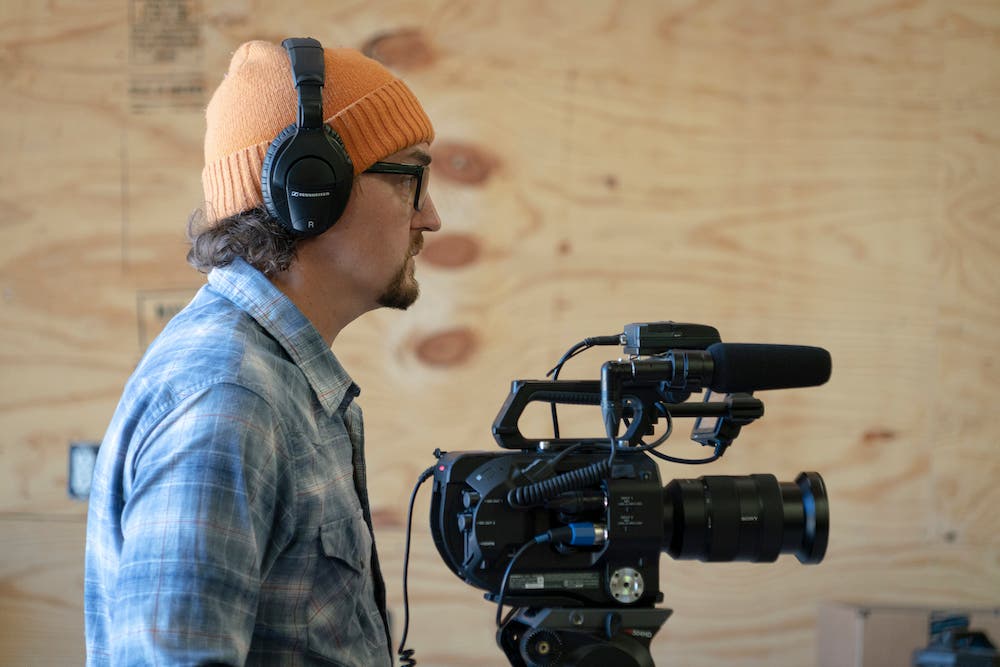
Aaron Peterson Studios Gear List
What will you find in adventure filmmaker Aaron Peterson’s kit? A lot of Sony equipment, plus a handful of audio, lighting, and action gear to get the job done. The approach is “fast, light, and flexible,” Peterson said. Here’s what that looks like:
Cameras
Sony Alpha a7S III Mirrorless Digital Camera Body
Sony FX6 Full-Frame Cinema Camera
GoPro HERO10 Black
Drone
DJI Mavic 3 Drone
Lenses
24-105mm f/4 G OSS E-Mount Lens
16-35mm f/2.8 GM (G Master) E-Mount Lens
24-70mm f/2.8 GM II Lens
70-200mm f/2.8 GM (G Master) OSS E-Mount Lens
100-400mm f/4.5-5.6 GM OSS E-Mount Lens
200-600mm f/5.6-6.3 G OSS E-Mount Lens
Accessories
DJI RS 3 Pro Combo Gimbal Stabilizer
Aputure Light Storm LS C300d Mark II LED Light Kit
Sennheiser ew 112P G4 Camera-Mount Wireless Omni Lavalier Microphone System
Rode NTG-2 Dual Powered Directional Shotgun Microphone With Accessory Bundle
For more adventure storytelling inspiration, check out our interview with travel journalist Rachel Rudwall.
